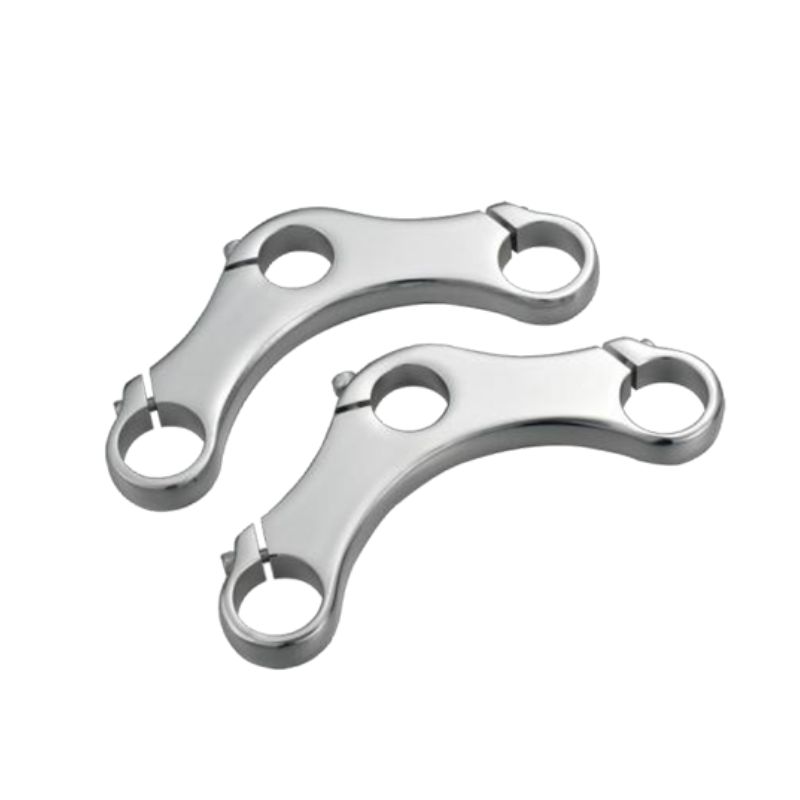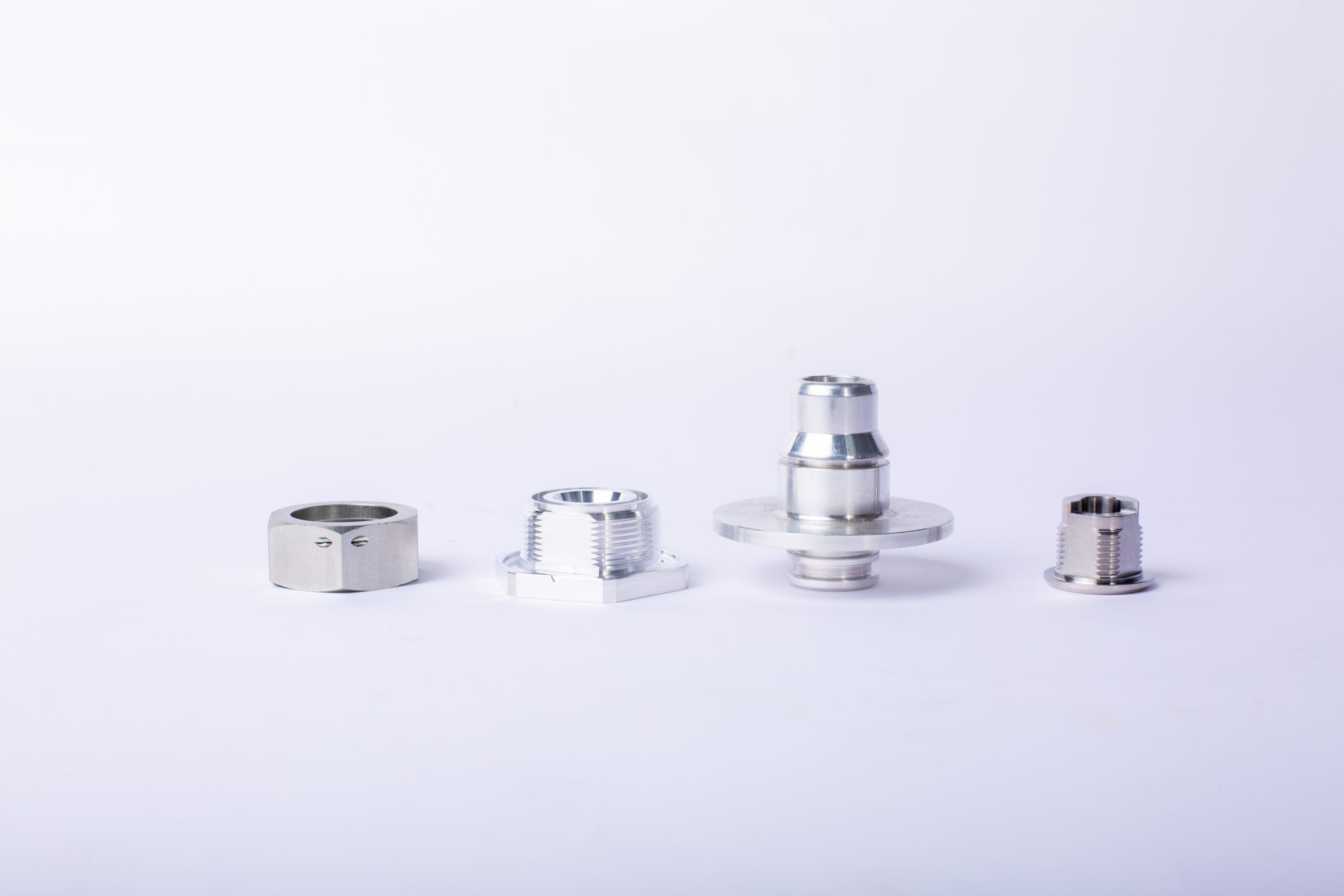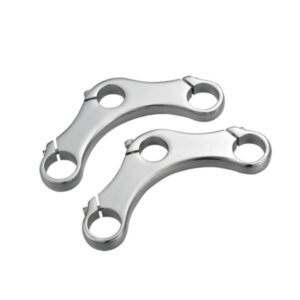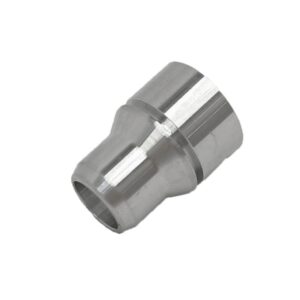MINGYU Tech, specializes in the production of high-quality aluminum forgings. we have become a leading supplier of aluminum forgings for various industries such as automotive, aerospace, and construction. As an ISO 9001 certified company, we have a strict quality control system in place to ensure that all of our products meet the highest standards. Our team of highly skilled engineers and technicians are dedicated to providing our customers with the best products and services.
Our company offers a wide range of aluminum forging products, including aluminum die forgings, open-die forgings, and closed-die forgings. We ensure that our forging process is precise and efficient, resulting in strong and durable products. Our aluminum forgings have a wide variety of applications, including engine components, aircraft parts, structural components, and more. With our advanced technology and equipment, we are able to produce forgings in various shapes and sizes to meet our customers’ specific requirements.
In addition, we also offer customized solutions for special projects. Our team is experienced in working with customers to design and produce unique forgings that meet their specific needs.
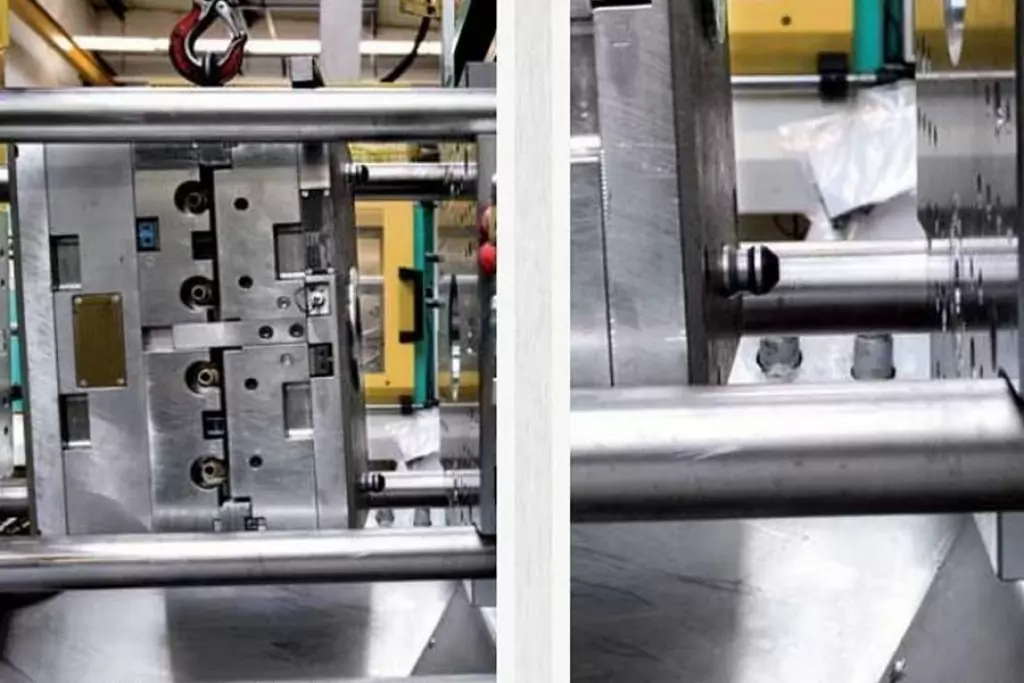
Aluminum forging is a manufacturing process that involves shaping aluminum alloys into desired shapes through the use of heat, pressure, and specialized tools. It is a popular method for producing strong and lightweight metal parts for various industries such as aerospace, automotive, and construction. By heating aluminum alloys to high temperatures and subjecting them to compressive forces, the material is transformed into the desired shape, resulting in a finished product with excellent strength, durability, and dimensional accuracy. This process also allows for the creation of complex and intricate designs, making it a versatile option for a wide range of applications. With its numerous advantages and advancements in technology, aluminum forging has become a preferred choice for producing high-quality and cost-effective metal components.
Aluminum forging is the process of shaping and forming aluminum using compressive forces and elevated temperatures. It is a highly versatile and cost-effective method of manufacturing high-quality and complex aluminum parts. The forged aluminum components have excellent strength-to-weight ratios, making them ideal for use in various industries such as aviation, automotive, and construction. The forging process also improves the structural integrity and durability of the aluminum, making it resistant to wear, corrosion, and fatigue. With its ability to produce lightweight, durable, and intricate designs, aluminum forging is a crucial technique in modern manufacturing and engineering.

Aluminum forging is a specialized process that involves shaping aluminum into desired forms through the application of pressure and heat. It is a widely used manufacturing method for creating strong and durable components for a variety of industries, such as aerospace, automotive, and construction. With its unique properties of being lightweight, corrosion-resistant, and high strength, aluminum has become a popular choice for forging applications. In this process, aluminum billets are heated to a specific temperature, placed in a die, and then compressed by a forging press to form the desired shape. This results in a high-quality piece with enhanced mechanical properties and a refined surface finish. Let’s dive deeper into the world of aluminum forging and explore its benefits and applications.
1.Can aluminum forgings be produced in large quantities and at a fast pace?
2.Can aluminum forgings be coated or anodized for additional protection or aesthetic purposes?
3.How does the use of lubricants during aluminum forging affect the final product?
4.Are there any environmental concerns associated with aluminum forging?
5.Is there a specific forging temperature range for different grades of aluminum?
6.What are the main factors to consider when selecting a supplier for aluminum forgings?
7.What are the advantages of using aluminum forging compared to other manufacturing methods?
8.How are quality control and inspection procedures carried out during the aluminum forging process?
9.What is the typical tolerance range for aluminum forgings?
10.What are the key differences between open die and closed die aluminum forging?
1.Can aluminum forgings be produced in large quantities and at a fast pace?
Yes, aluminum forgings can be produced in large quantities and at a fast pace. The production process for aluminum forgings involves heating the aluminum to a malleable temperature, then shaping it using a die or hammer. This process can be automated and repeated quickly, allowing for large quantities to be produced in a short amount of time. Additionally, aluminum is a lightweight and easily workable material, making it easier to produce large quantities compared to other metals.
2.Can aluminum forgings be coated or anodized for additional protection or aesthetic purposes?
Yes, aluminum forgings can be coated or anodized for additional protection or aesthetic purposes. Coating options include powder coating, painting, and plating, while anodizing involves creating a protective oxide layer on the surface of the aluminum. These processes can provide added corrosion resistance, improve surface hardness, and enhance the appearance of the forgings.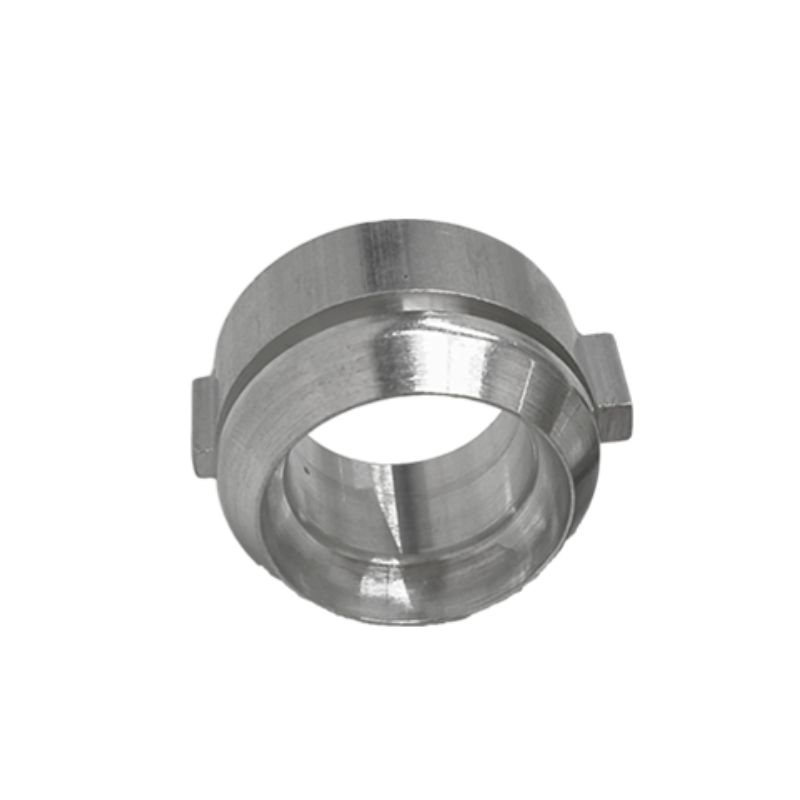
3.How does the use of lubricants during aluminum forging affect the final product?
The use of lubricants during aluminum forging can have a significant impact on the final product in several ways:
- Improved surface finish: Lubricants help to reduce friction between the aluminum and the forging dies, resulting in a smoother surface finish on the final product. This is especially important for products that require a high level of precision and aesthetic appeal.
- Reduced wear on dies: The use of lubricants can also help to reduce wear on the forging dies, prolonging their lifespan and reducing the need for frequent replacements. This can result in cost savings for the manufacturer.
- Enhanced flow of metal: Lubricants can improve the flow of aluminum during the forging process, making it easier to shape and form the metal into the desired shape. This can result in a more uniform and consistent final product.
- Prevention of surface defects: Without proper lubrication, the high temperatures and pressures involved in aluminum forging can cause surface defects such as cracks, tears, and folds. Lubricants help to prevent these defects by reducing friction and heat buildup.
- Improved dimensional accuracy: By reducing friction and improving the flow of metal, lubricants can help to achieve greater dimensional accuracy in the final product. This is especially important for products that require tight tolerances.
Overall, the use of lubricants during aluminum forging can result in a higher quality final product with improved surface finish, dimensional accuracy, and reduced defects. It also helps to increase the efficiency of the forging process and prolong the lifespan of the forging dies.
4.Are there any environmental concerns associated with aluminum forging?
Yes, there are several environmental concerns associated with aluminum forging, including:
- Energy consumption: Aluminum forging requires a significant amount of energy, which contributes to greenhouse gas emissions and climate change.
- Air pollution: The heating and melting of aluminum during the forging process can release harmful pollutants into the air, such as carbon monoxide, sulfur dioxide, and nitrogen oxides.
- Water pollution: The use of water for cooling and quenching during the forging process can lead to water pollution if not properly treated and disposed of.
- Waste generation: The forging process can generate a significant amount of waste, including scrap metal, scale, and other byproducts, which can be difficult to dispose of and may contain hazardous materials.
- Land use: The land required for aluminum mining and processing can have a significant impact on local ecosystems and wildlife habitats.
- Recycling challenges: While aluminum is a highly recyclable material, the forging process can make it more difficult to recycle due to the mixing of different alloys and the presence of contaminants.
- Occupational hazards: The forging process involves high temperatures and heavy machinery, which can pose health and safety risks for workers if proper precautions are not taken.
Overall, the environmental impact of aluminum forging can be reduced through the use of energy-efficient processes, proper waste management, and responsible sourcing of raw materials.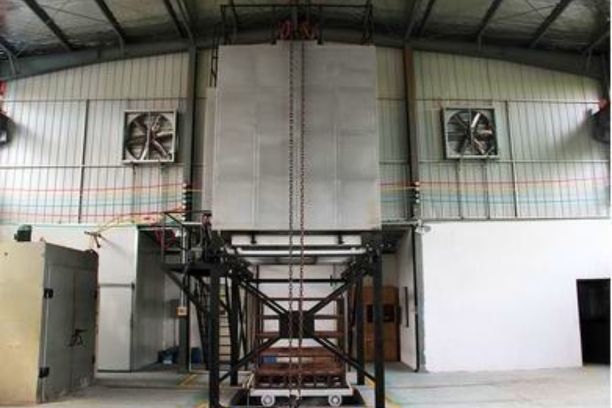
5.Is there a specific forging temperature range for different grades of aluminum?
Yes, there is a specific forging temperature range for different grades of aluminum. The exact temperature range may vary slightly depending on the specific alloy and the desired properties of the final product, but generally, the following temperature ranges are recommended for forging different grades of aluminum:
- 1xxx series (pure aluminum): 650-750°C (1200-1380°F)
- 2xxx series (aluminum-copper alloys): 480-595°C (900-1100°F)
- 3xxx series (aluminum-manganese alloys): 480-595°C (900-1100°F)
- 4xxx series (aluminum-silicon alloys): 480-595°C (900-1100°F)
- 5xxx series (aluminum-magnesium alloys): 480-595°C (900-1100°F)
- 6xxx series (aluminum-magnesium-silicon alloys): 480-595°C (900-1100°F)
- 7xxx series (aluminum-zinc-magnesium alloys): 480-595°C (900-1100°F)
It is important to note that the exact temperature range may also depend on the size and complexity of the part being forged, as well as the specific forging process being used. It is always best to consult with a metallurgist or manufacturer for specific temperature recommendations for a particular grade of aluminum.
6.What are the main factors to consider when selecting a supplier for aluminum forgings?
1. Quality: The quality of the aluminum forgings is crucial as it directly affects the performance and durability of the final product. It is important to select a supplier who has a proven track record of producing high-quality forgings.
- Experience and Expertise: Look for a supplier who has extensive experience and expertise in producing aluminum forgings. They should have a thorough understanding of the forging process and be able to provide technical support and guidance.
- Production Capacity: The supplier’s production capacity should match your requirements. They should be able to meet your demand for aluminum forgings in terms of quantity, size, and complexity.
- Material Selection: The supplier should have a wide range of aluminum alloys available to meet your specific needs. They should also be able to provide guidance on the best alloy for your application.
- Certifications and Standards: The supplier should have the necessary certifications and comply with industry standards for aluminum forgings. This ensures that the forgings meet the required quality and safety standards.
- Cost and Pricing: While cost is an important factor, it should not be the sole determining factor. It is important to consider the overall value and quality of the forgings rather than just the price.
- Lead Time and Delivery: The supplier should have a reliable and efficient production process to ensure timely delivery of the forgings. They should also have a contingency plan in case of any delays.
- Customer Service: A good supplier should have excellent customer service and be responsive to your needs. They should be able to provide timely updates and address any concerns or issues that may arise.
- Reputation and References: Do your research and check the supplier’s reputation in the industry. Ask for references and feedback from their previous customers to get an idea of their reliability and quality of service.
- Location: Consider the location of the supplier in relation to your business. A local supplier may offer more convenience and cost savings in terms of transportation and logistics.
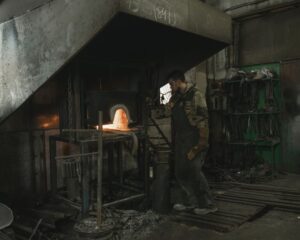
7.What are the advantages of using aluminum forging compared to other manufacturing methods?
1. Strength and Durability: Aluminum forgings have a higher strength-to-weight ratio compared to other manufacturing methods, making them stronger and more durable. This makes them suitable for use in high-stress applications.
Lightweight: Aluminum is a lightweight material, making it ideal for applications where weight is a critical factor. Forged aluminum components can reduce the overall weight of a product, making it more efficient and cost-effective.
Cost-effective: Forging is a cost-effective manufacturing method as it requires less material and energy compared to other methods such as casting or machining. This results in lower production costs and ultimately lower prices for consumers.
Precision and Consistency: Forging allows for precise shaping and forming of aluminum, resulting in consistent and accurate dimensions. This is especially important for parts that require tight tolerances and complex shapes.
Improved Mechanical Properties: The forging process improves the mechanical properties of aluminum, such as its strength, toughness, and fatigue resistance. This makes forged aluminum components more reliable and long-lasting.
Versatility: Aluminum forging can be used to produce a wide range of shapes and sizes, making it a versatile manufacturing method. It can be used to create complex and intricate designs that are difficult to achieve with other methods.
Enhanced Surface Finish: Forging can improve the surface finish of aluminum, resulting in a smoother and more polished surface. This is beneficial for applications where aesthetics are important.
Better Material Utilization: Forging allows for the efficient use of materials, resulting in less waste and scrap compared to other methods. This makes it a more environmentally friendly manufacturing process.
High Production Rates: Forging is a high-speed production process, allowing for large quantities of aluminum components to be produced in a short amount of time. This makes it suitable for mass production.
Resistance to Corrosion: Aluminum forgings have a natural resistance to corrosion, making them suitable for use in harsh environments. This makes them ideal for applications in the automotive, aerospace, and marine industries.
8.How are quality control and inspection procedures carried out during the aluminum forging process?
Quality control and inspection procedures are crucial in the aluminum forging process to ensure that the final product meets the required specifications and standards. These procedures are carried out at various stages of the forging process to identify and address any potential defects or issues.
Raw Material Inspection: The first step in quality control is to inspect the raw material, i.e. the aluminum ingots, for any defects or impurities. This is done using various techniques such as visual inspection, chemical analysis, and mechanical testing.
Die Inspection: The dies used in the forging process are also inspected for any defects or wear and tear. This is important as any imperfections in the dies can affect the quality of the final product.
Pre-Heating Inspection: Before the forging process begins, the aluminum billets are heated to a specific temperature. This pre-heating stage is also inspected to ensure that the billets are heated evenly and to the correct temperature.
Forging Process Inspection: During the forging process, the temperature, pressure, and speed of the forging equipment are closely monitored and controlled. Any deviations from the set parameters are immediately identified and corrected.
Dimensional Inspection: Once the forging process is complete, the dimensions of the forged part are checked using precision measuring tools. This ensures that the part meets the required tolerances and specifications.
Visual Inspection: A visual inspection is carried out to identify any surface defects such as cracks, porosity, or surface finish imperfections. Any defects are marked and addressed before the final product is released.
Non-Destructive Testing (NDT): NDT techniques such as ultrasonic testing, magnetic particle testing, and dye penetrant testing are used to detect any internal defects in the forged part. This is especially important for critical components that require high levels of reliability and safety.
Final Inspection: Once all the above inspections are completed, a final inspection is carried out to ensure that the forged part meets all the required specifications and standards. If any issues are identified, the part is rejected and sent back for rework.
Documentation: All the inspection results and records are documented for traceability and quality assurance purposes.
By following these quality control and inspection procedures, manufacturers can ensure that the aluminum forging process produces high-quality, defect-free parts that meet the required standards and specifications.
9.What is the typical tolerance range for aluminum forgings?
The typical tolerance range for aluminum forgings is +/- 0.005 to 0.010 inches. However, this can vary depending on the size and complexity of the forging, as well as the specific requirements of the customer. Some forgings may have tighter tolerances, while others may have looser tolerances. It is important to consult with the forging manufacturer to determine the specific tolerance range for a particular forging.
10.What are the key differences between open die and closed die aluminum forging?
1. Process: The main difference between open die and closed die aluminum forging is the process used to shape the metal. Open die forging involves shaping the metal between two flat dies, while closed die forging involves shaping the metal within a closed die cavity.
- Complexity: Closed die forging allows for more complex shapes and designs to be created, as the metal is completely enclosed within the die cavity. Open die forging, on the other hand, is limited to simpler shapes and designs.
- Material Usage: Closed die forging requires more precise measurements and control, resulting in less material waste compared to open die forging. This makes closed die forging more cost-effective for producing high volume parts.
- Surface Finish: Closed die forging produces a smoother surface finish compared to open die forging. This is because the metal is contained within the die cavity, resulting in less surface imperfections.
- Tolerance: Closed die forging allows for tighter tolerances to be achieved compared to open die forging. This is due to the precise control and pressure applied during the closed die forging process.
- Size and Weight: Open die forging is suitable for larger and heavier parts, as the metal is not confined within a die cavity. Closed die forging is more suitable for smaller and lighter parts, as the metal is contained within the die cavity.
- Cost: Closed die forging requires specialized equipment and tooling, making it a more expensive process compared to open die forging. However, the higher precision and material savings can make it more cost-effective for certain applications.
- Production Time: Closed die forging typically has a longer production time compared to open die forging, as it involves more steps and processes. This can impact the overall lead time for producing parts.
- Strength: Both open die and closed die forging result in strong and durable parts. However, closed die forging can produce parts with higher strength and better mechanical properties due to the controlled and uniform grain structure.
- Applications: Open die forging is commonly used for producing large and simple parts such as shafts, rings, and discs. Closed die forging is suitable for producing smaller and more complex parts such as gears, bolts, and fittings.
